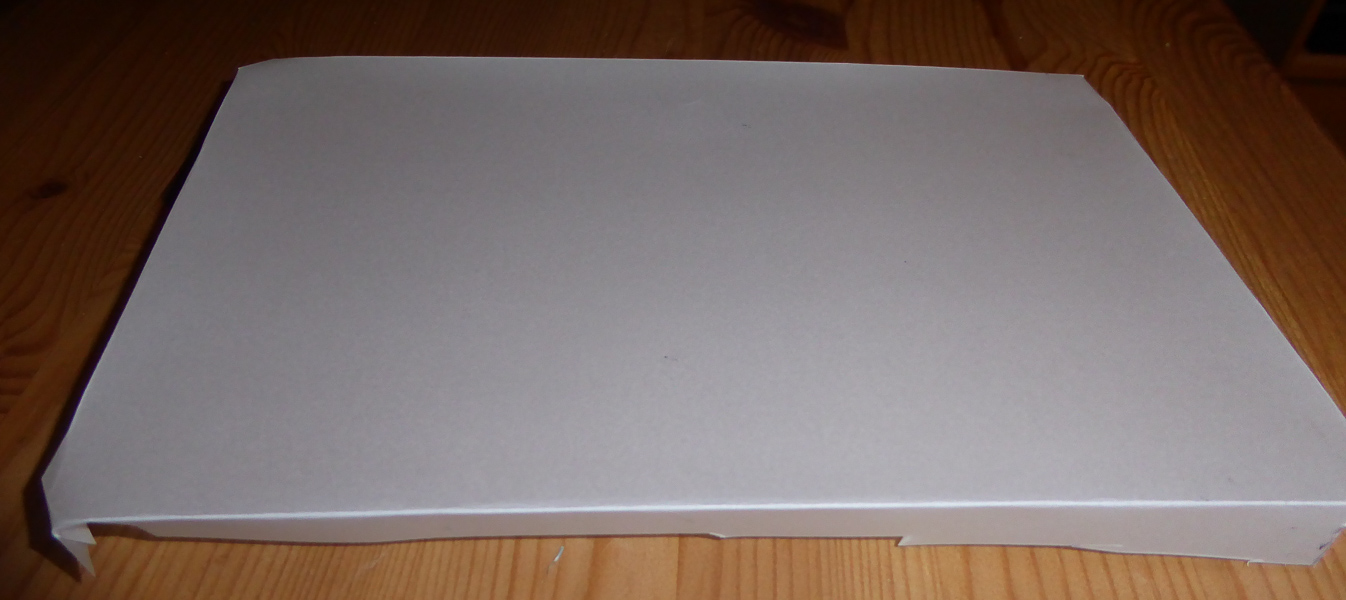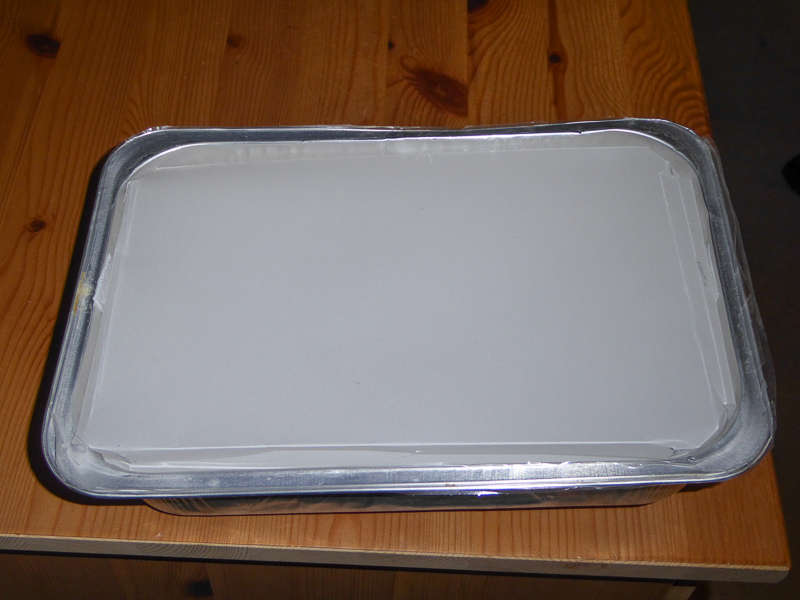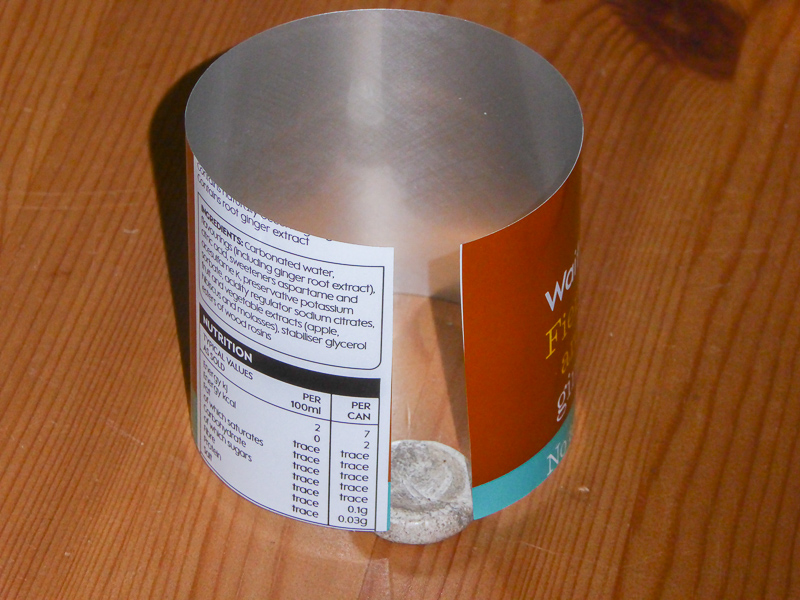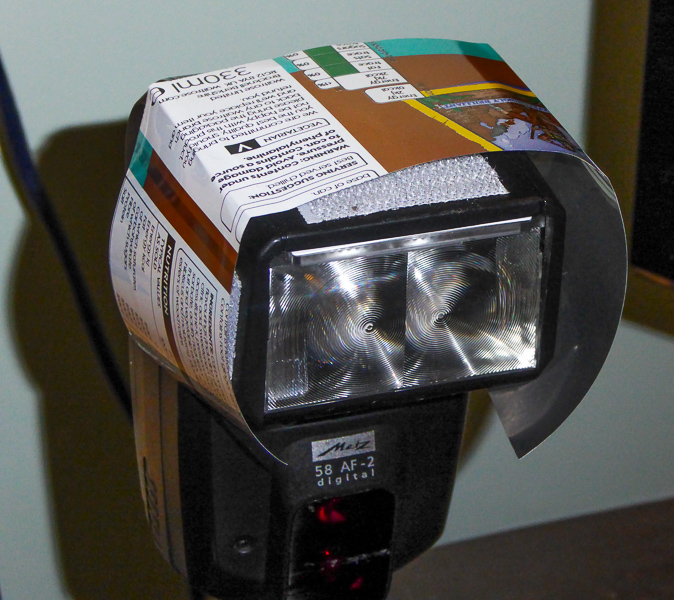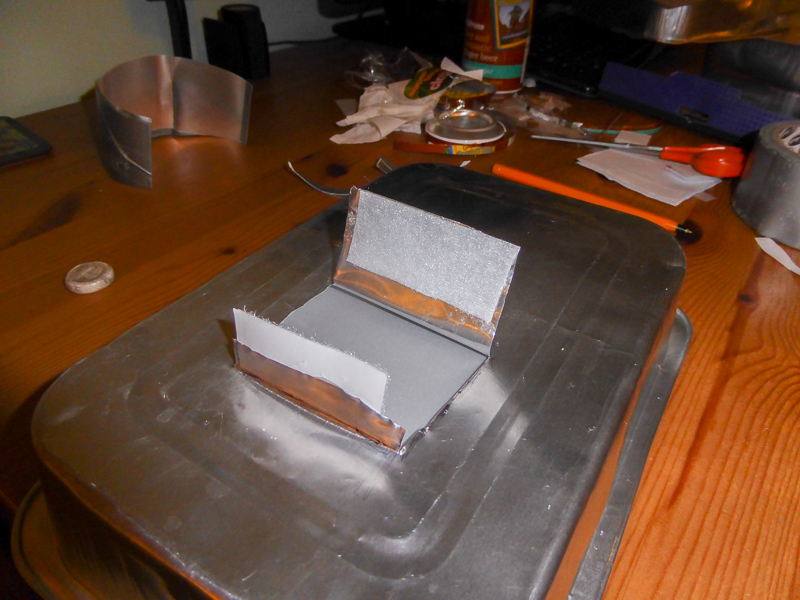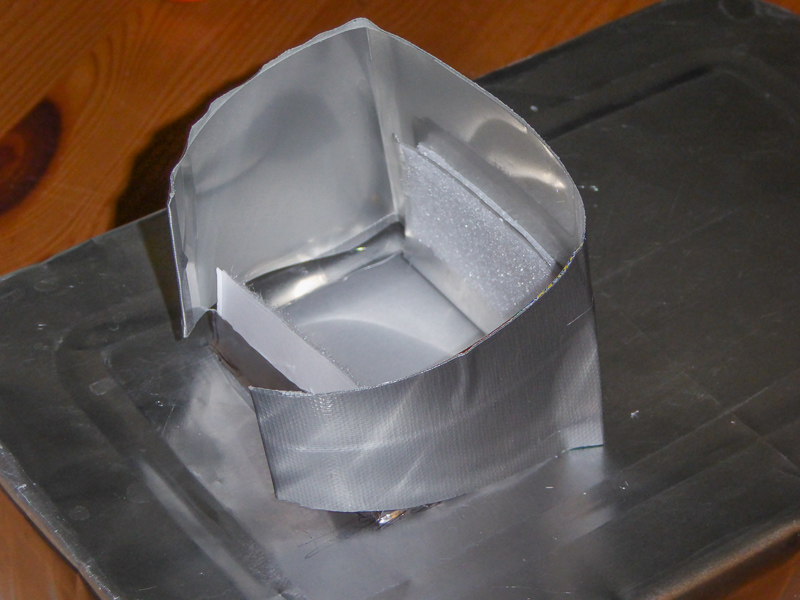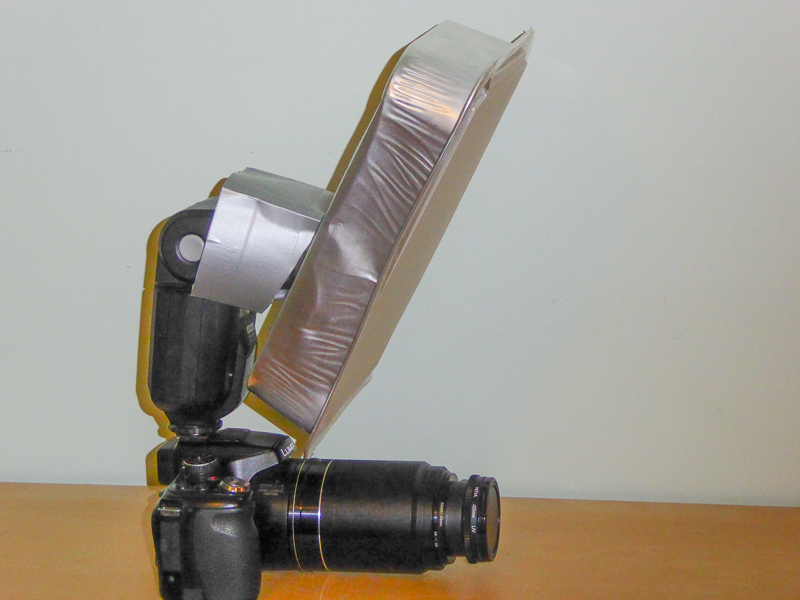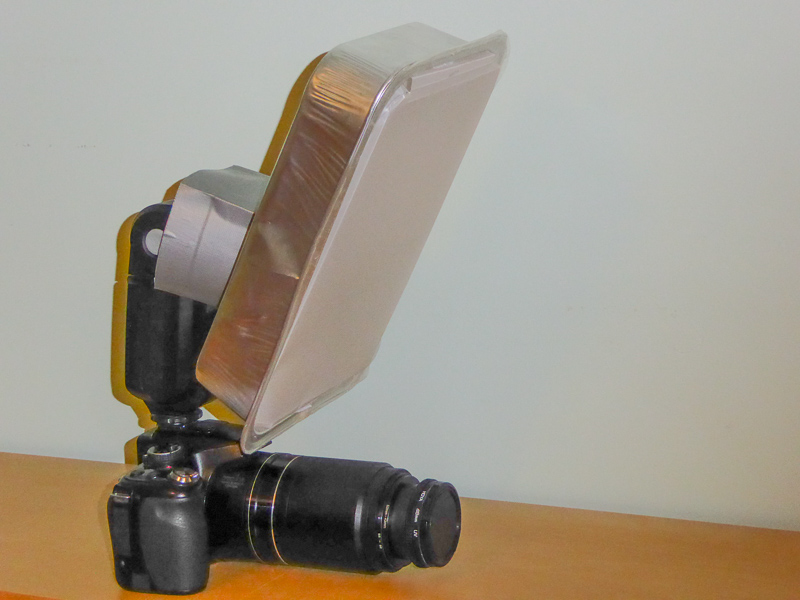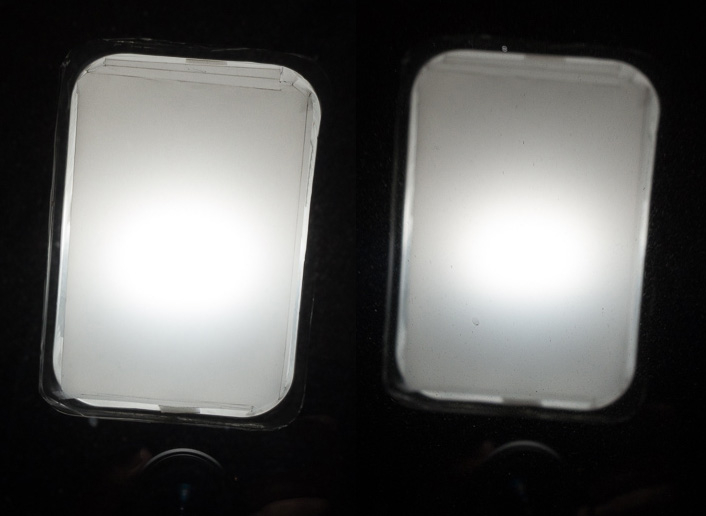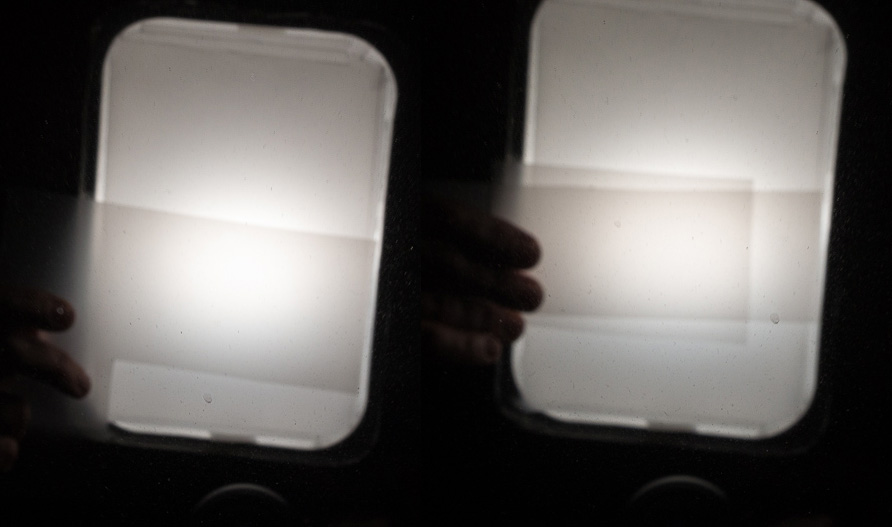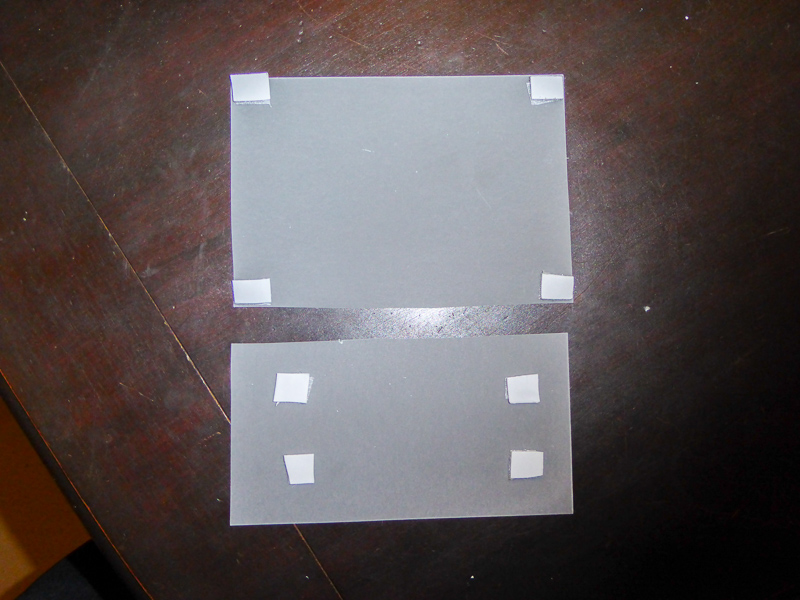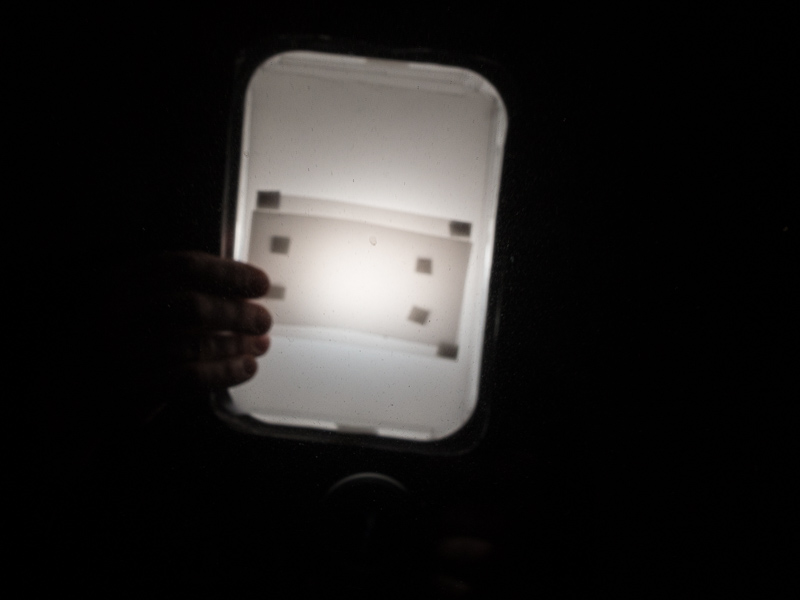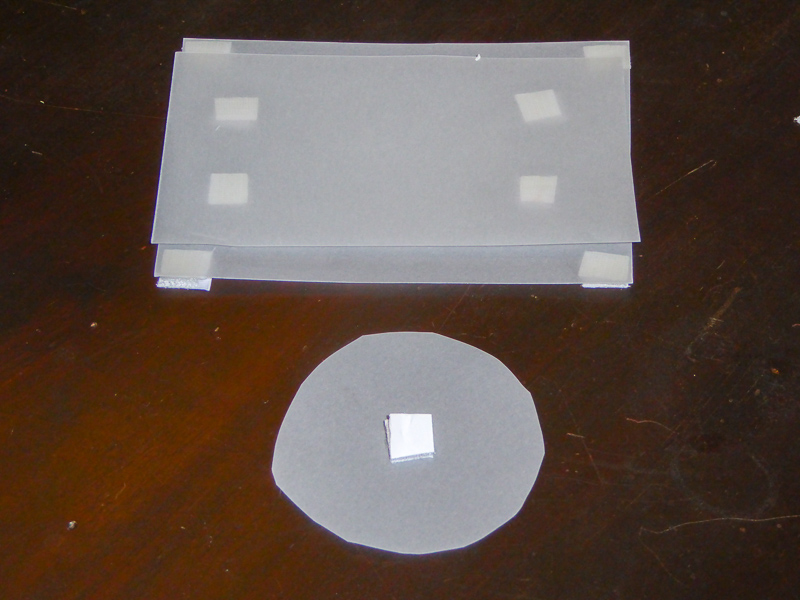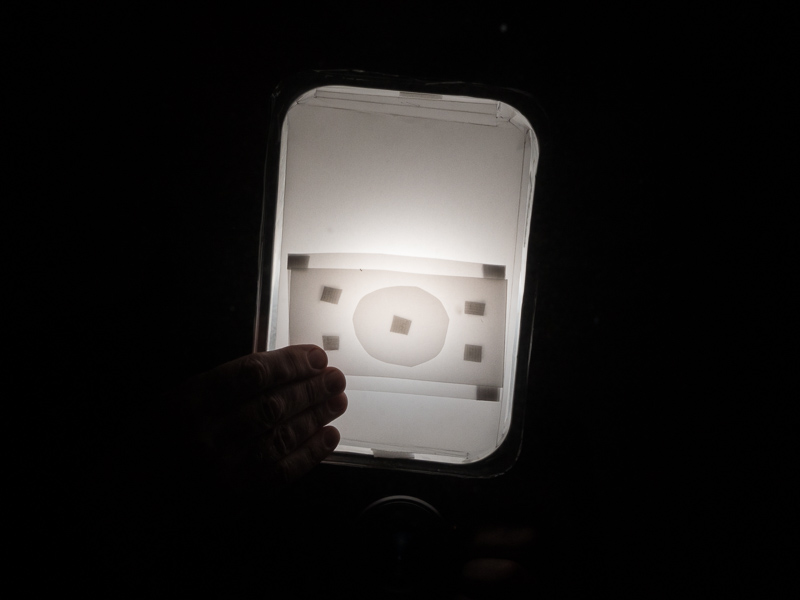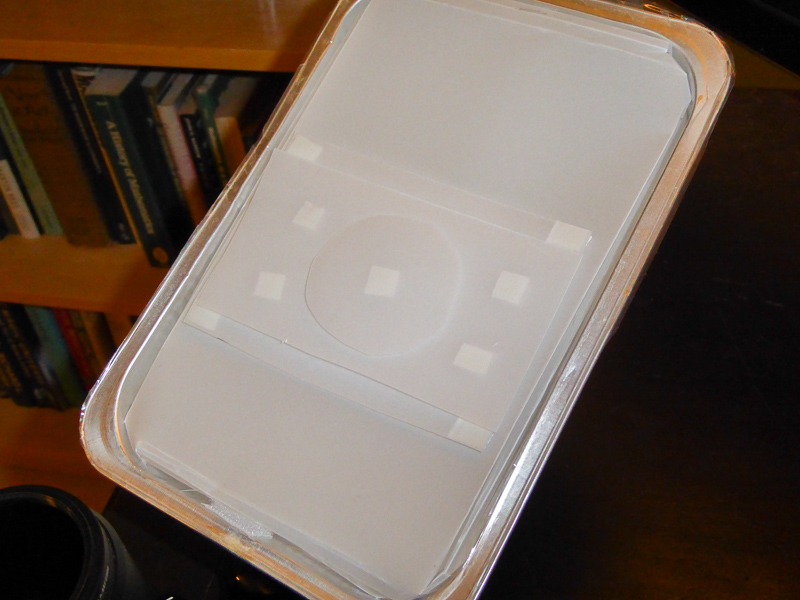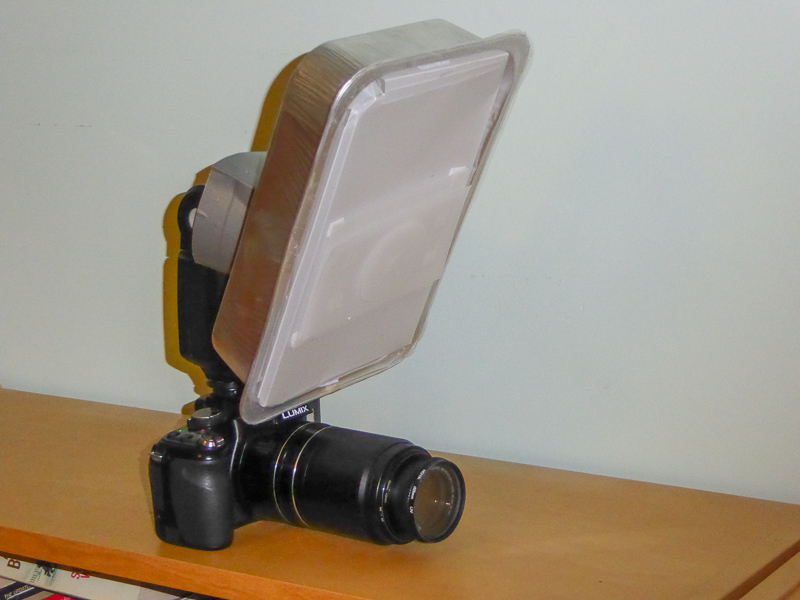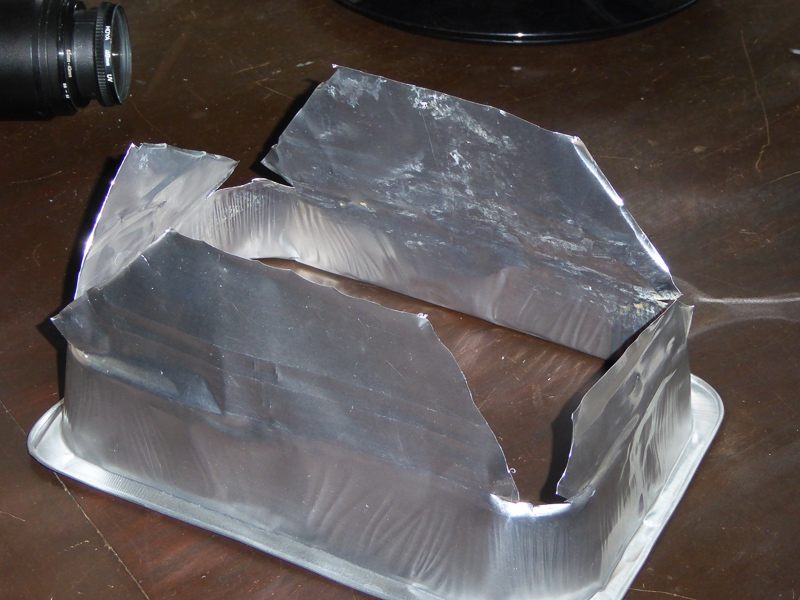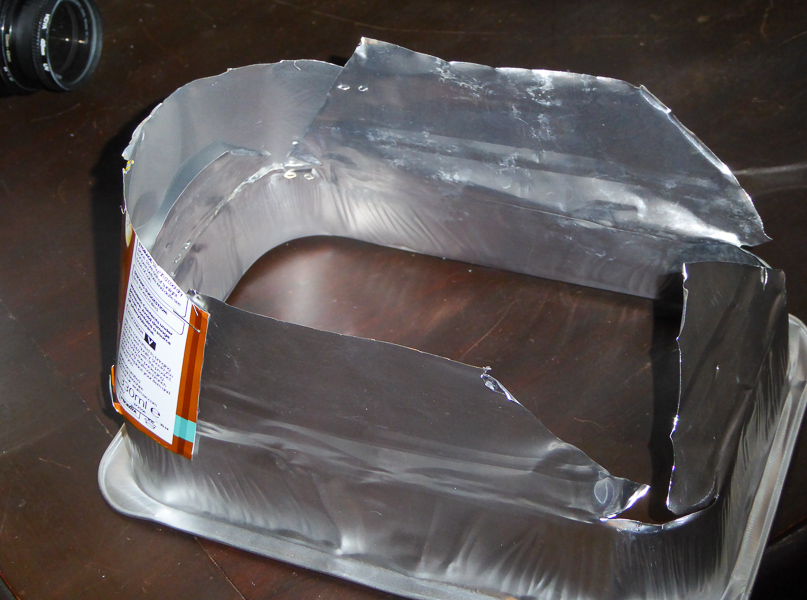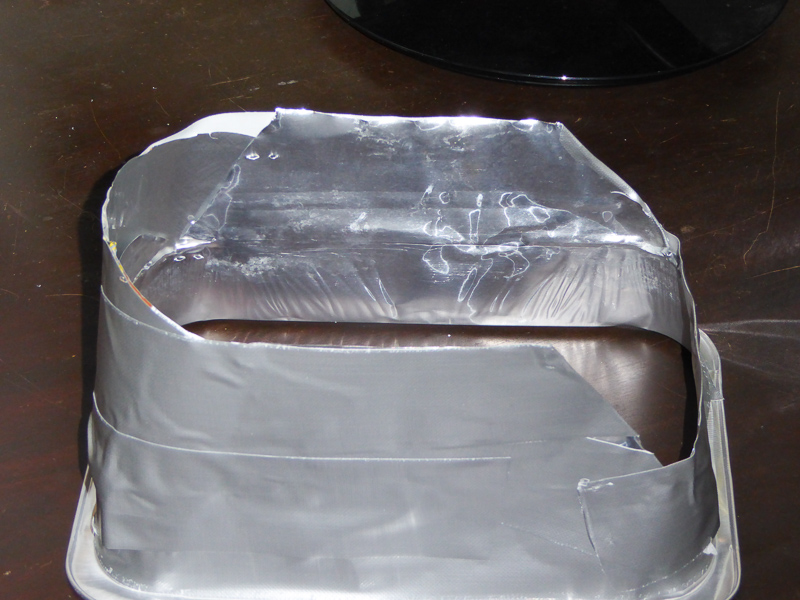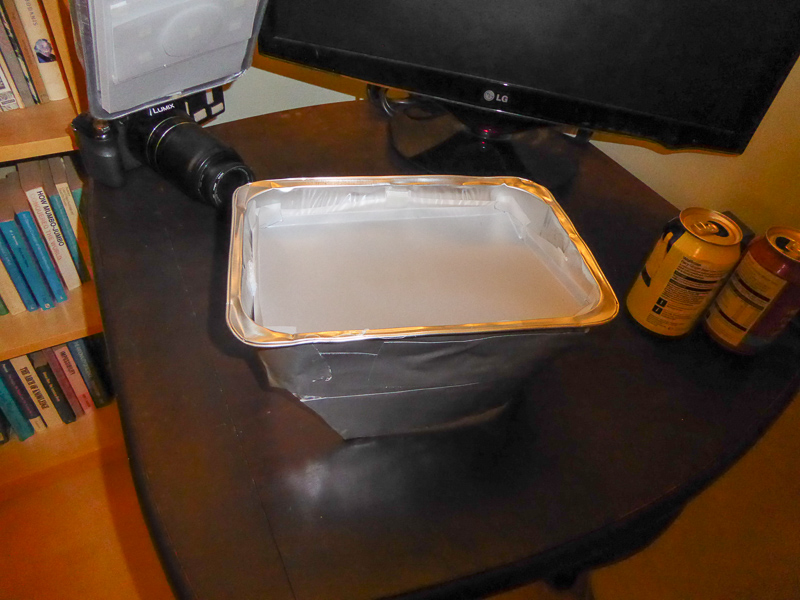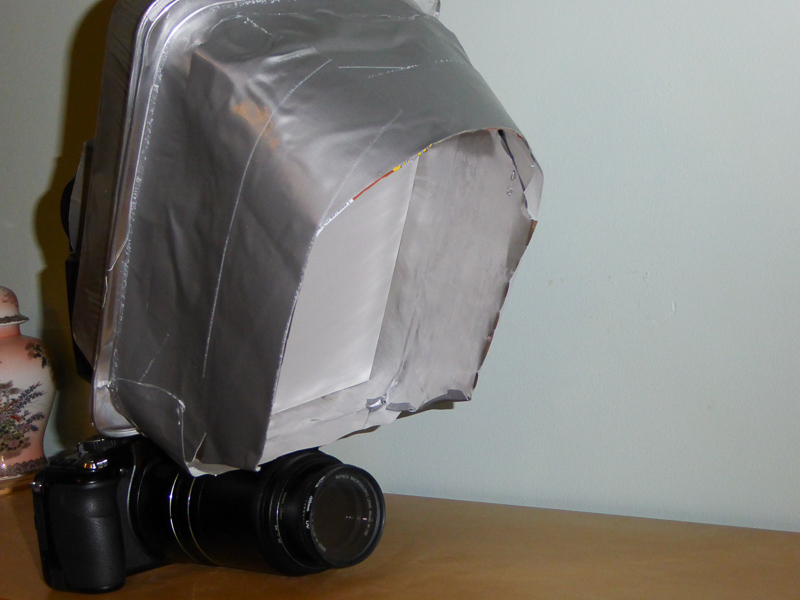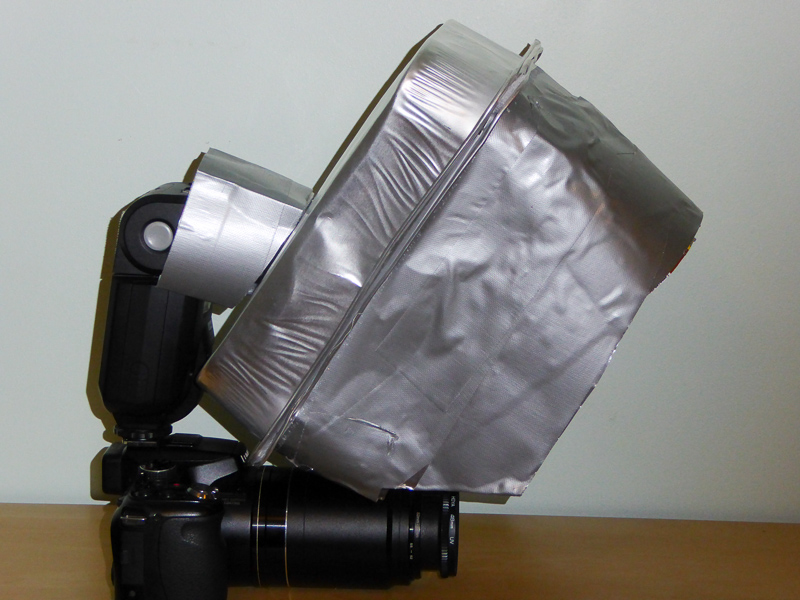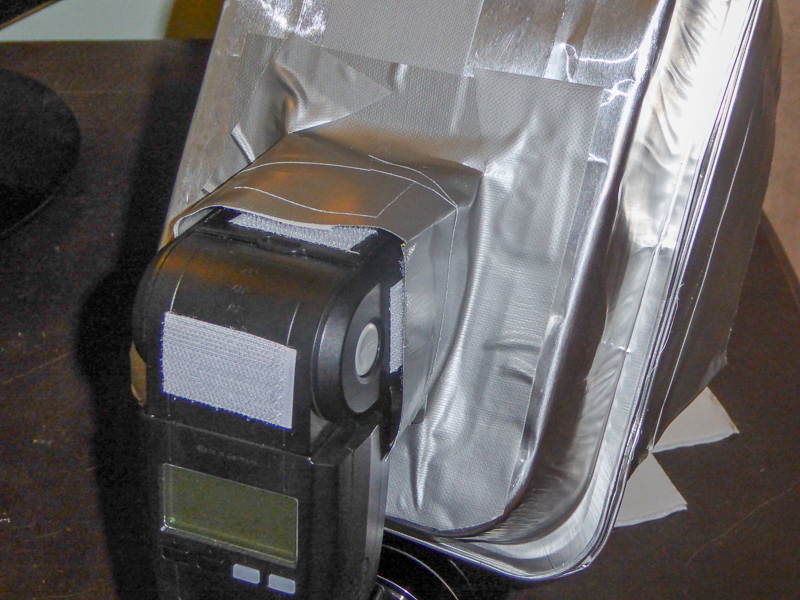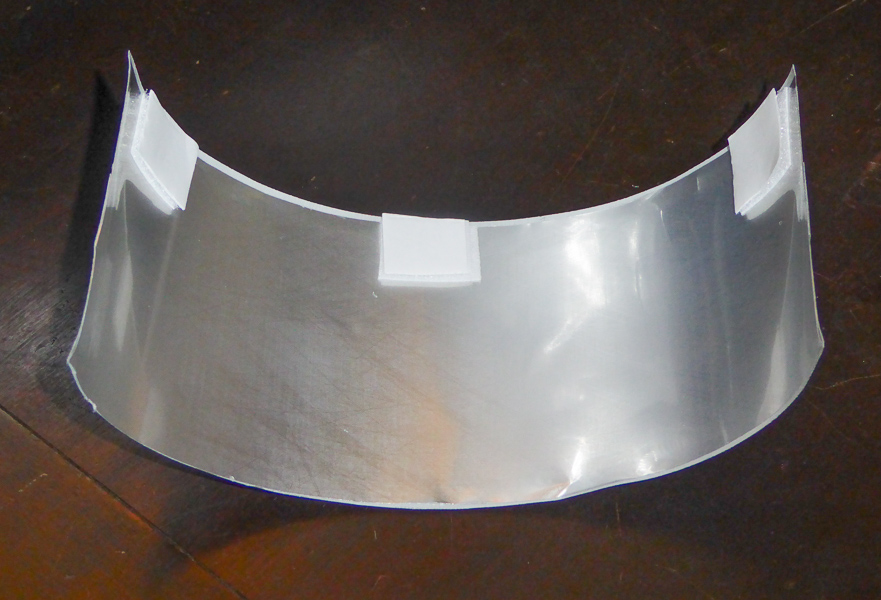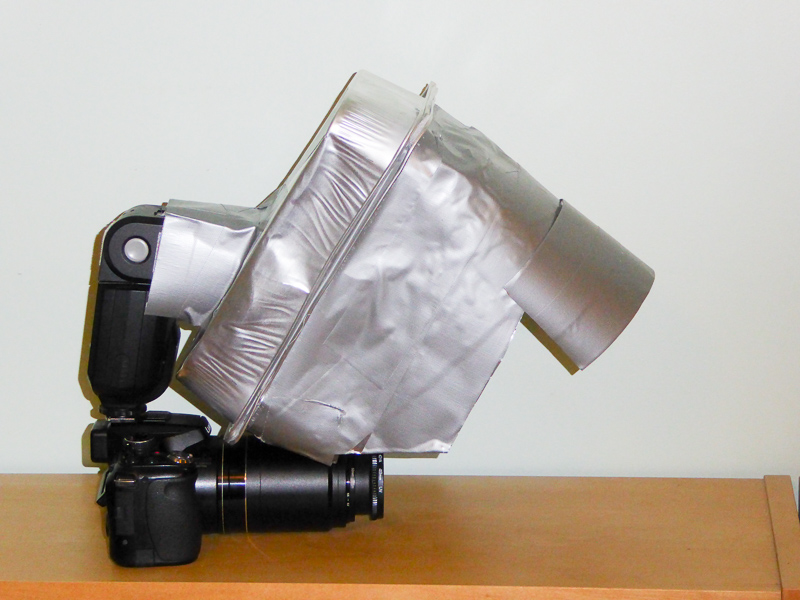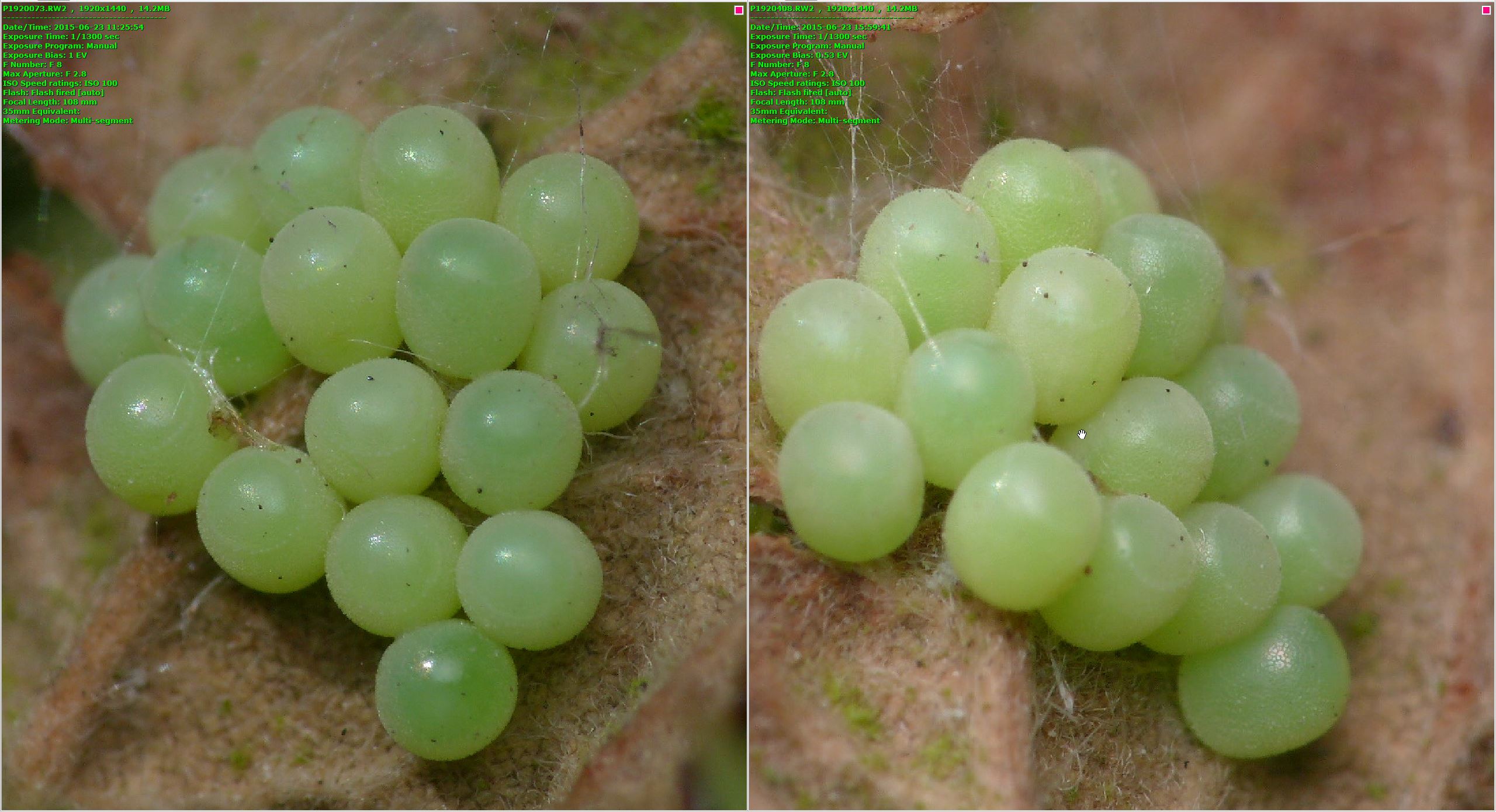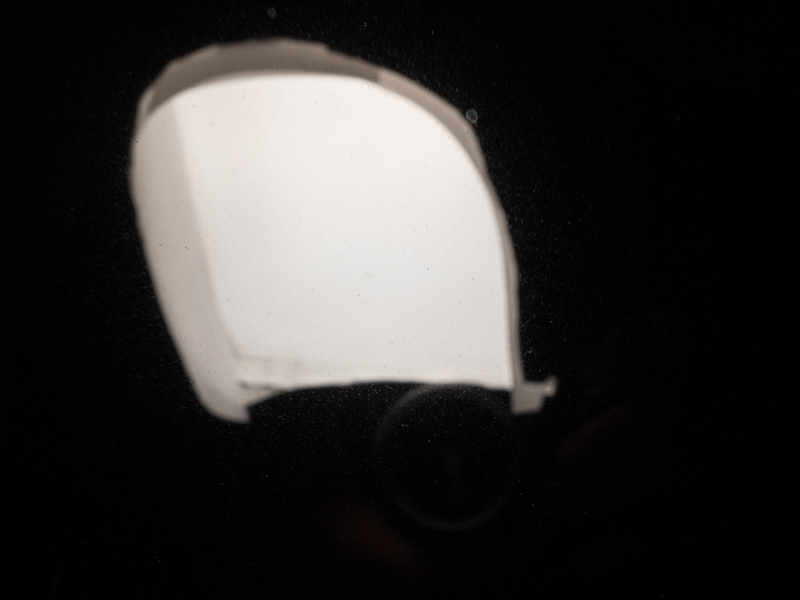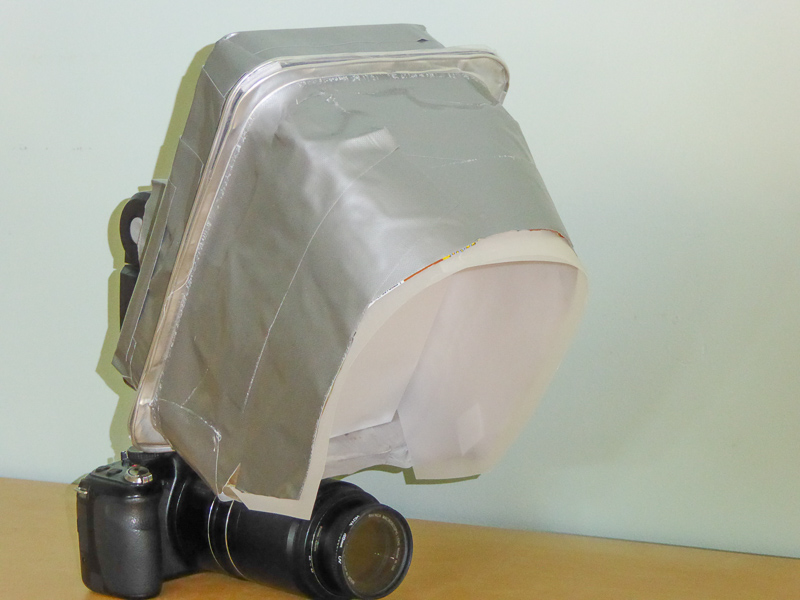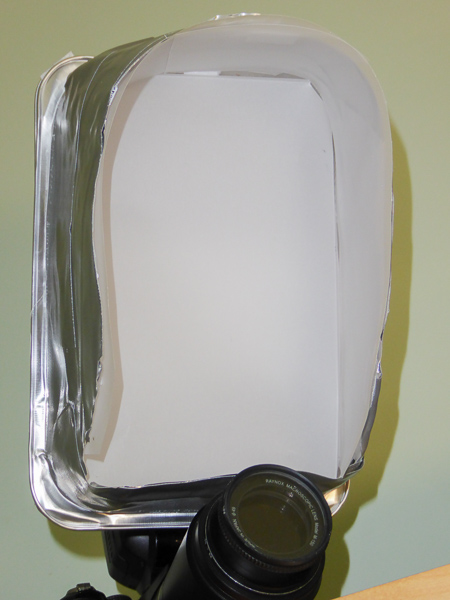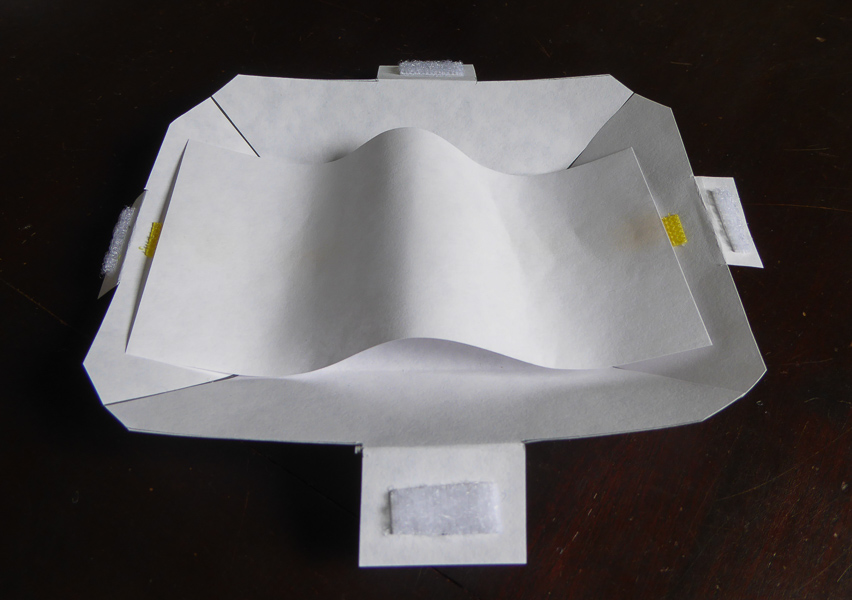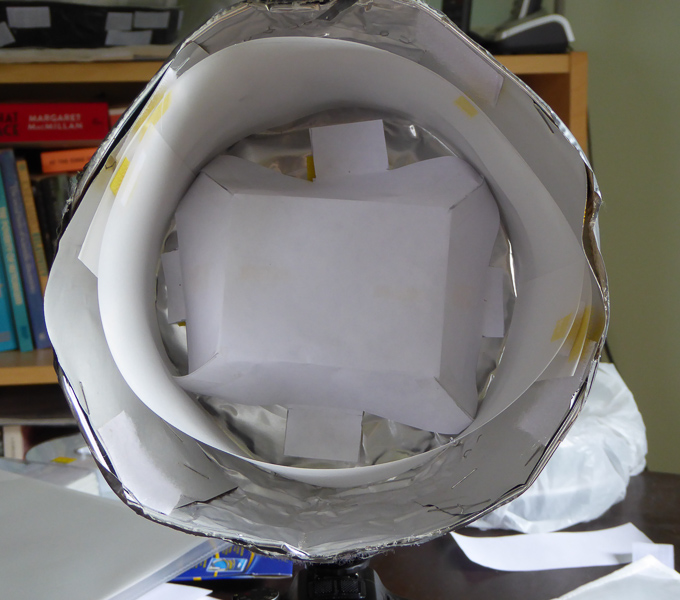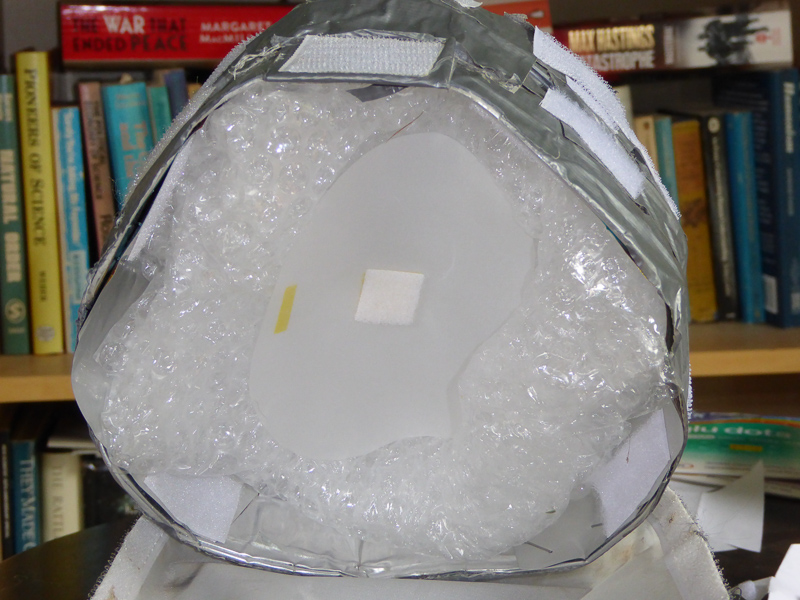GardenersHelper
In Memoriam
- Messages
- 6,344
- Name
- Nick
- Edit My Images
- Yes
I was disappointed when I worked on the first set of test images from the 5-layer frosted plastic diffuser that I described in this thread. There may have been a bit of improvement over my previous diffusers, but I still had plenty of results that I didn't like the look of. So I sulked for 24 hours and did other, non-photographic things. Then, for some reason, last night, I suddenly decided to make a new diffuser. I would use the frosted plastic sheets that I recently bought, but in design terms I would start from scratch rather than modifying my current diffuser yet again.
This was not a planned endeavour. I made it up as I went along, doing everything "by eye" rather than measuring anything, and only having a vague idea of how one step might lead to the next. For example, I wanted to use several layers of plastic sheet inside a tin of a bit less than A4 proportions (A4 being the size of the sheets that I intended to use), but I had no idea how I was going to keep the sheets separate from one another.
I took photos with my point and shoot camera as I went along. It was night time. I used flash. They are rubbish quality. However, I hope they convey enough information to make it possible to follow what I did.
This post and the following four tell the story of constructing this latest gizmo. (But does it work? Well, in terms of usability, yes, from my testing out in the garden today it does seem to be very usable. It's quite light, it feels more robust than the previous version and gets in the way a bit less, I can angle the the light a bit to the left or right, it might use slightly less power than the previous version and the invertebrates don't seem to be disturbed by it. As to image quality, I don't know. I haven't looked at today's images yet. The funny thing is I don't care as much as I might. Quite possibly it will be turn out to be ho hum like the previous one as far as image quality goes. But I've really enjoyed building it, and that feels quite satisfying in its own right.)
Here is a lasagne tin, with a hole cut out for the light to enter from the flash.
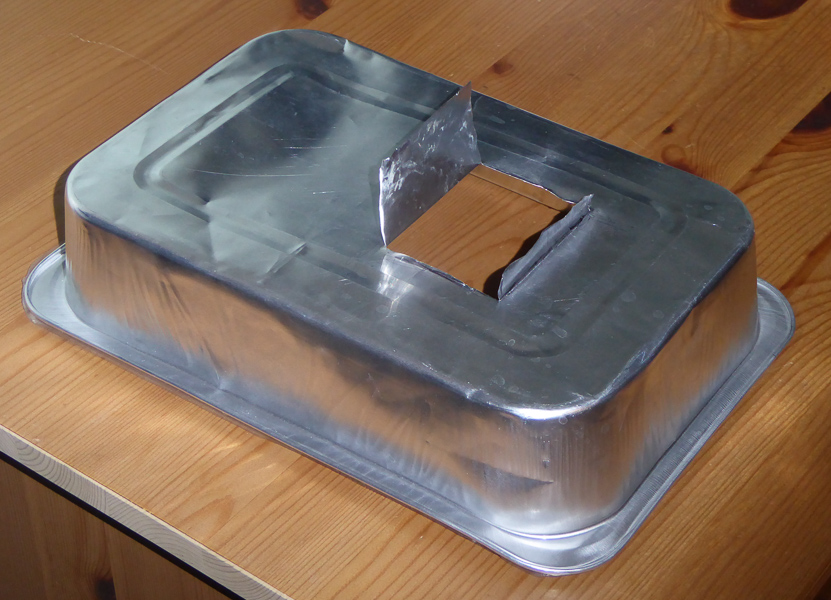
0743 01 2015_06_22,23 First tin - hole and flaps for flash gun by gardenersassistant, on Flickr
The flash head wouldn't be poking through into the tin so I was able to put a layer of frosted plastic across the hole. Like all the plastic sheet used this time, this was 160 gram (not 150 gram as I previously thought) frosted plastic.
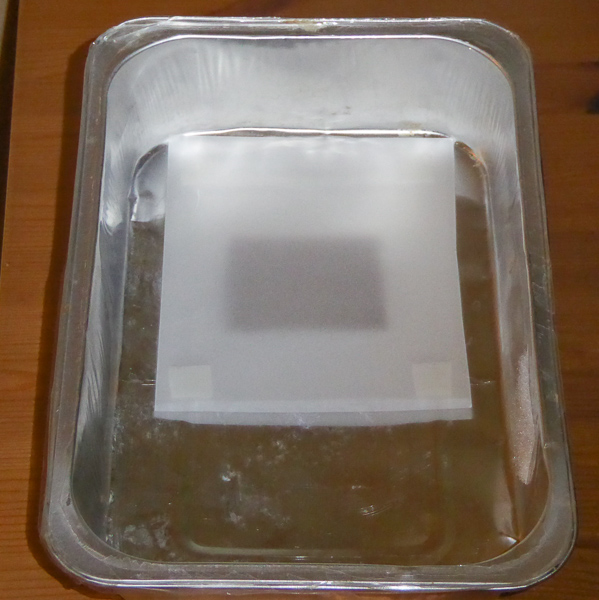
0743 02 2015_06_22,23 Piece of frosted plastic sheet over flashgun hole by gardenersassistant, on Flickr
I then put an A4 sheet on the tin and marked out where the corners were. As with everything else I did, it was approximate. It was all done quickly, and when as a result things didn't fit properly I cut and bent things until they did fit, more or less.
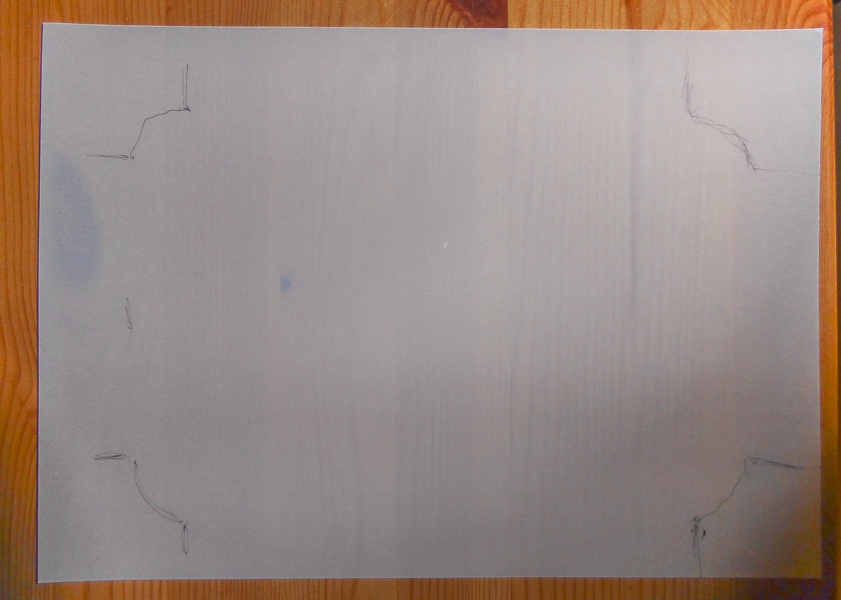
0743 03 2015_06_22,23 Corners of tin marked on first A4 plastic sheet by gardenersassistant, on Flickr
I then cut around the corners and made some cuts in the corners, in to where the edge of the tin would be.
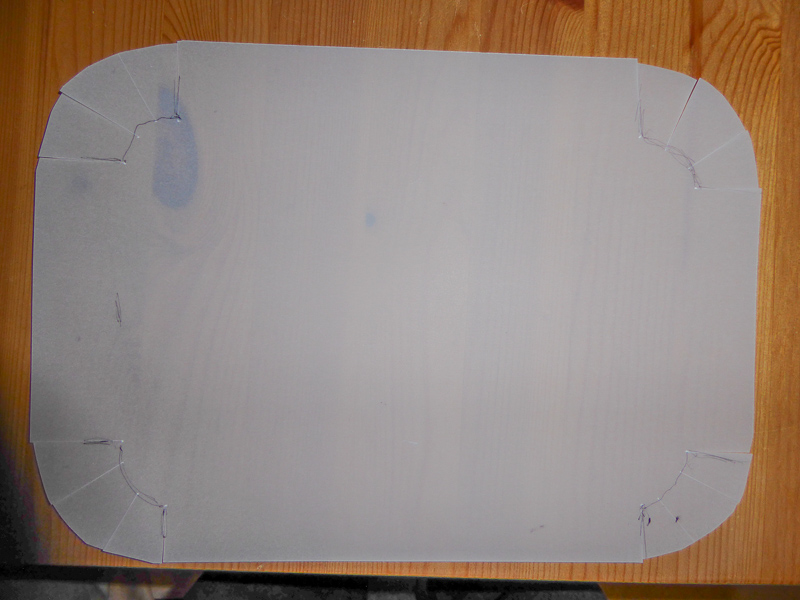
0743 04 2015_06_22,23 Corners of plastic sheet cut off and cuts made in to where corner of tin will be by gardenersassistant, on Flickr
The long edges folded in fine. (Well, they folded in fine, but I got them in the wrong position, so I had to make new folds at the edges, more than once, until I got the size near enough.)
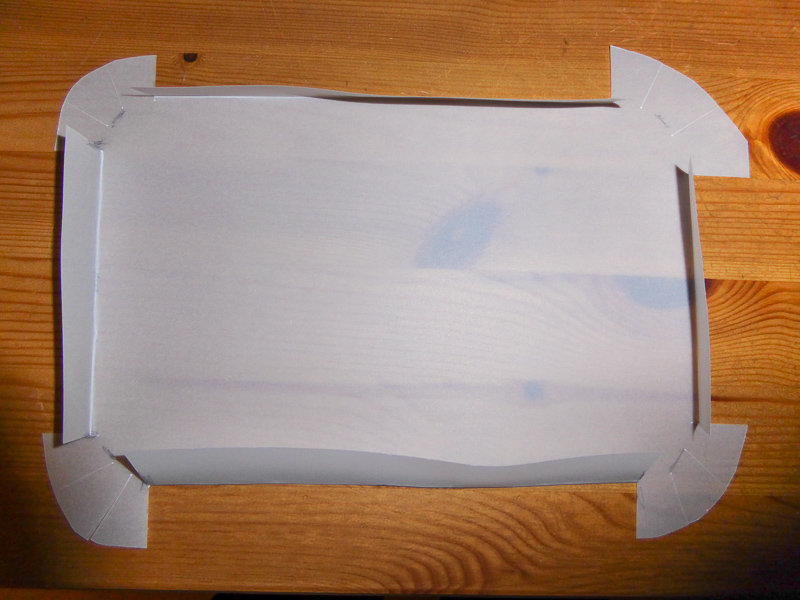
0743 05 2015_06_22,23 Edges of sheet folded in by gardenersassistant, on Flickr
And here it is with the corners folded in. Not exactly round, but again, near enough.
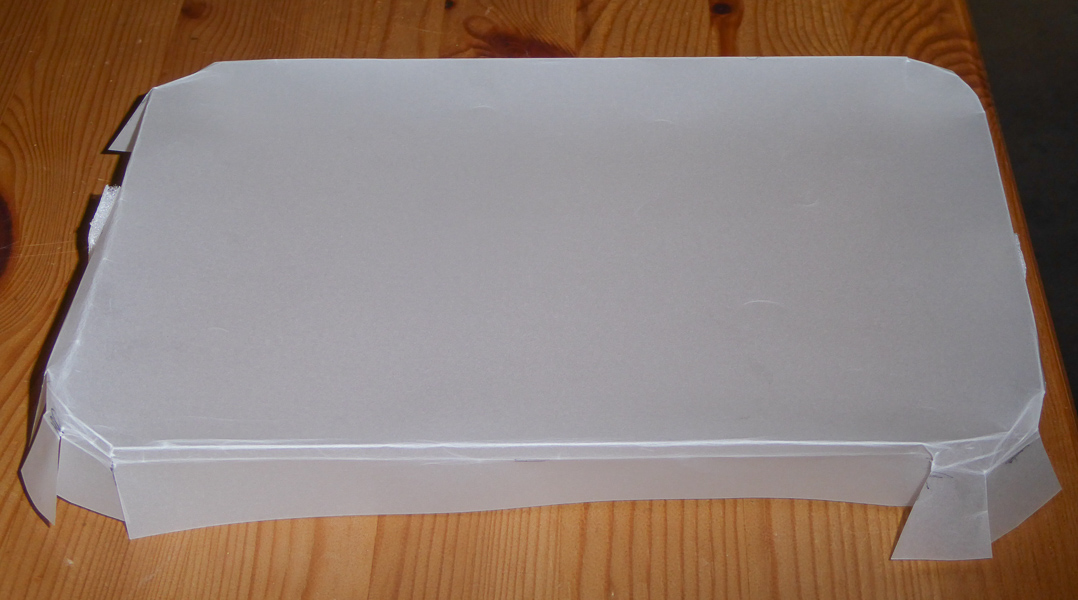
0743 06 2015_06_22,23 Corners folded in by gardenersassistant, on Flickr
And here is the tin with the sheet inserted. I used little squares of velcro to keep the sheet in place, one square on each of the four straight edges. The squares were cut in pairs (one of hooks, one of loops) from self-adhesive pads, With the one of the pair stuck to the tin and one stuck to the sheet I would be able to take the sheet out if necessary. I used the same approach wherever I used velcro to give me flexibility to make changes later on, and to repair any damage the diffuser suffered in my (not very gentle) real world use.
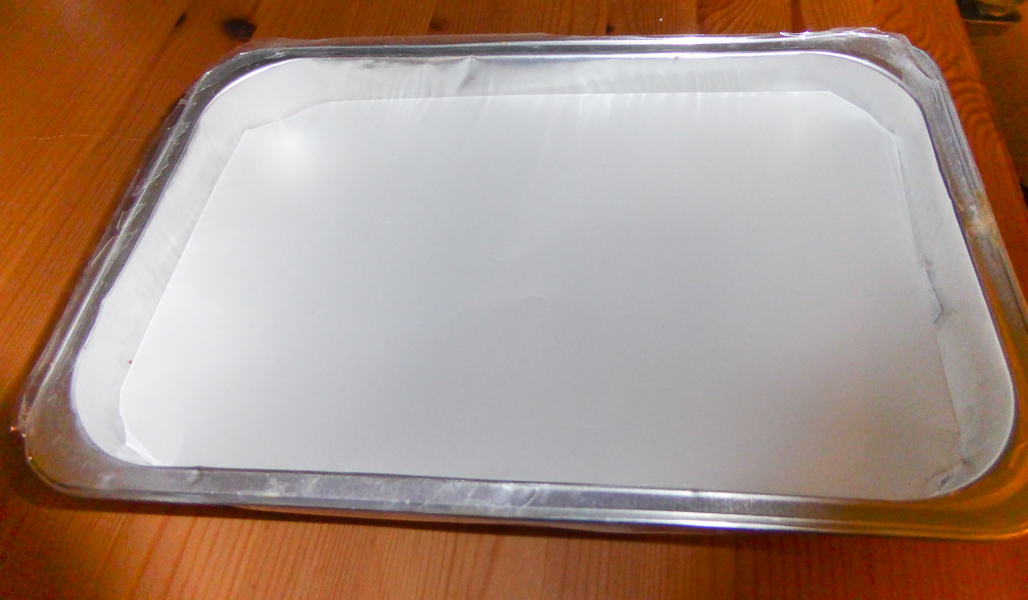
0743 07 2015_06_22,23 First A4 sheet in tin, attached by a velcro square on each edge by gardenersassistant, on Flickr
Because of the folded edges, there was an air gap between the sheet over the hole and the A4 sheet.
Continued in next post ....
This was not a planned endeavour. I made it up as I went along, doing everything "by eye" rather than measuring anything, and only having a vague idea of how one step might lead to the next. For example, I wanted to use several layers of plastic sheet inside a tin of a bit less than A4 proportions (A4 being the size of the sheets that I intended to use), but I had no idea how I was going to keep the sheets separate from one another.
I took photos with my point and shoot camera as I went along. It was night time. I used flash. They are rubbish quality. However, I hope they convey enough information to make it possible to follow what I did.
This post and the following four tell the story of constructing this latest gizmo. (But does it work? Well, in terms of usability, yes, from my testing out in the garden today it does seem to be very usable. It's quite light, it feels more robust than the previous version and gets in the way a bit less, I can angle the the light a bit to the left or right, it might use slightly less power than the previous version and the invertebrates don't seem to be disturbed by it. As to image quality, I don't know. I haven't looked at today's images yet. The funny thing is I don't care as much as I might. Quite possibly it will be turn out to be ho hum like the previous one as far as image quality goes. But I've really enjoyed building it, and that feels quite satisfying in its own right.)
Here is a lasagne tin, with a hole cut out for the light to enter from the flash.

0743 01 2015_06_22,23 First tin - hole and flaps for flash gun by gardenersassistant, on Flickr
The flash head wouldn't be poking through into the tin so I was able to put a layer of frosted plastic across the hole. Like all the plastic sheet used this time, this was 160 gram (not 150 gram as I previously thought) frosted plastic.

0743 02 2015_06_22,23 Piece of frosted plastic sheet over flashgun hole by gardenersassistant, on Flickr
I then put an A4 sheet on the tin and marked out where the corners were. As with everything else I did, it was approximate. It was all done quickly, and when as a result things didn't fit properly I cut and bent things until they did fit, more or less.

0743 03 2015_06_22,23 Corners of tin marked on first A4 plastic sheet by gardenersassistant, on Flickr
I then cut around the corners and made some cuts in the corners, in to where the edge of the tin would be.

0743 04 2015_06_22,23 Corners of plastic sheet cut off and cuts made in to where corner of tin will be by gardenersassistant, on Flickr
The long edges folded in fine. (Well, they folded in fine, but I got them in the wrong position, so I had to make new folds at the edges, more than once, until I got the size near enough.)

0743 05 2015_06_22,23 Edges of sheet folded in by gardenersassistant, on Flickr
And here it is with the corners folded in. Not exactly round, but again, near enough.

0743 06 2015_06_22,23 Corners folded in by gardenersassistant, on Flickr
And here is the tin with the sheet inserted. I used little squares of velcro to keep the sheet in place, one square on each of the four straight edges. The squares were cut in pairs (one of hooks, one of loops) from self-adhesive pads, With the one of the pair stuck to the tin and one stuck to the sheet I would be able to take the sheet out if necessary. I used the same approach wherever I used velcro to give me flexibility to make changes later on, and to repair any damage the diffuser suffered in my (not very gentle) real world use.

0743 07 2015_06_22,23 First A4 sheet in tin, attached by a velcro square on each edge by gardenersassistant, on Flickr
Because of the folded edges, there was an air gap between the sheet over the hole and the A4 sheet.
Continued in next post ....
Last edited:


